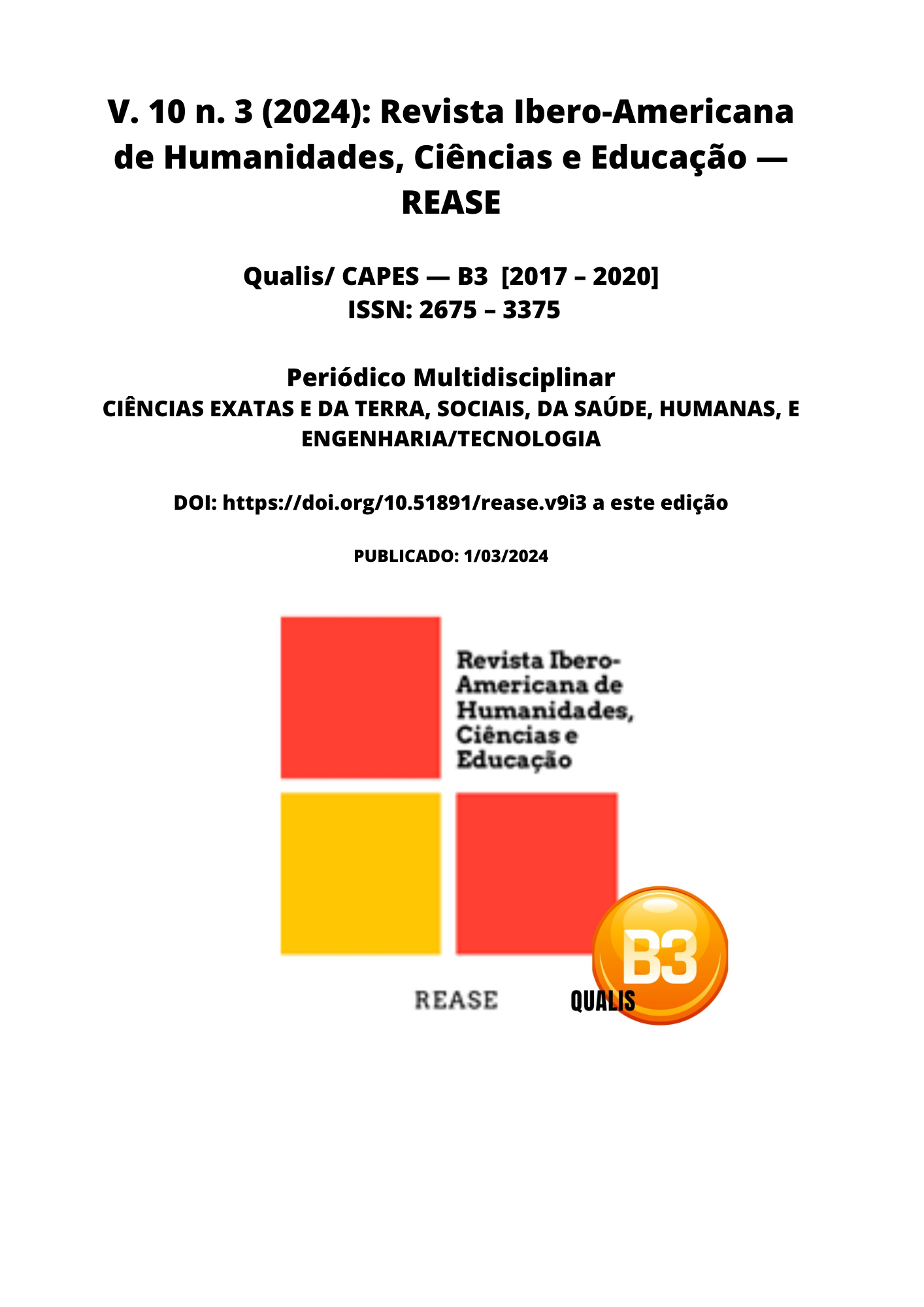ANALYSIS OF THE PREVALENCE AND EPIDEMIOLOGICAL PROFILE OF HEMORRHAGIC STROKE ACCIDENT AT THE REGIONAL HOSPITAL OF BARBACENA (FHEMIG)
DOI:
https://doi.org/10.51891/rease.v10i3.13236Keywords:
Hemorragic stroke. Prevalence. Prognosis.Abstract
Objective: The study aims to evaluate the prevalence of hemorrhagic stroke and its correlation with sociodemographic and clinical data and its risk factors, in patients treated at the Hospital Regional de Barbacena Dr. José Américo (HRBJA), which serves Barbacena and the central macro-region -south. Material and method: This is an observational, cross-sectional, descriptive study, based on information contained in HRBJA electronic medical records, of patients suffering from a stroke in 2019. 394 medical records were collected, 215 of which had ischemic stroke and 179 related to hemorrhagic stroke. The variables collected by the authors were: type of hemorrhagic stroke, sex, age, motor pattern, Glasgow scale, systemic arterial hypertension (SAH), diabetes mellitus (DM), use of anticoagulants, smoking and previous stroke, all related to the prognosis of the patient (discharge, death and transfer). Results: The favorable prognosis is related to the subarachnoid type, female sex, age under 60 years, unchanged motor pattern, mild Glasgow scale, absence of hypertension, absence of DM, non-anticoagulant users, non-smokers and no history of stroke prior. Conclusion: Patients identified with hemorrhagic stroke had a higher prevalence of male gender, age under 60 years and systemic arterial hypertension. Furthermore, the most prevalent hemorrhagic stroke subtype observed was subarachnoid hemorrhage. The best prognosis assessed as hospital discharge was associated with female sex, mild changes in the Glasgow Coma Scale and no changes in the sensory-motor pattern.
Downloads
Downloads
Published
How to Cite
Issue
Section
Categories
License
Atribuição CC BY

